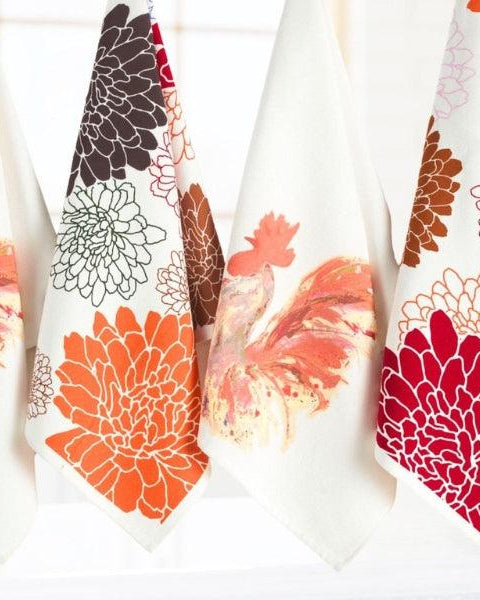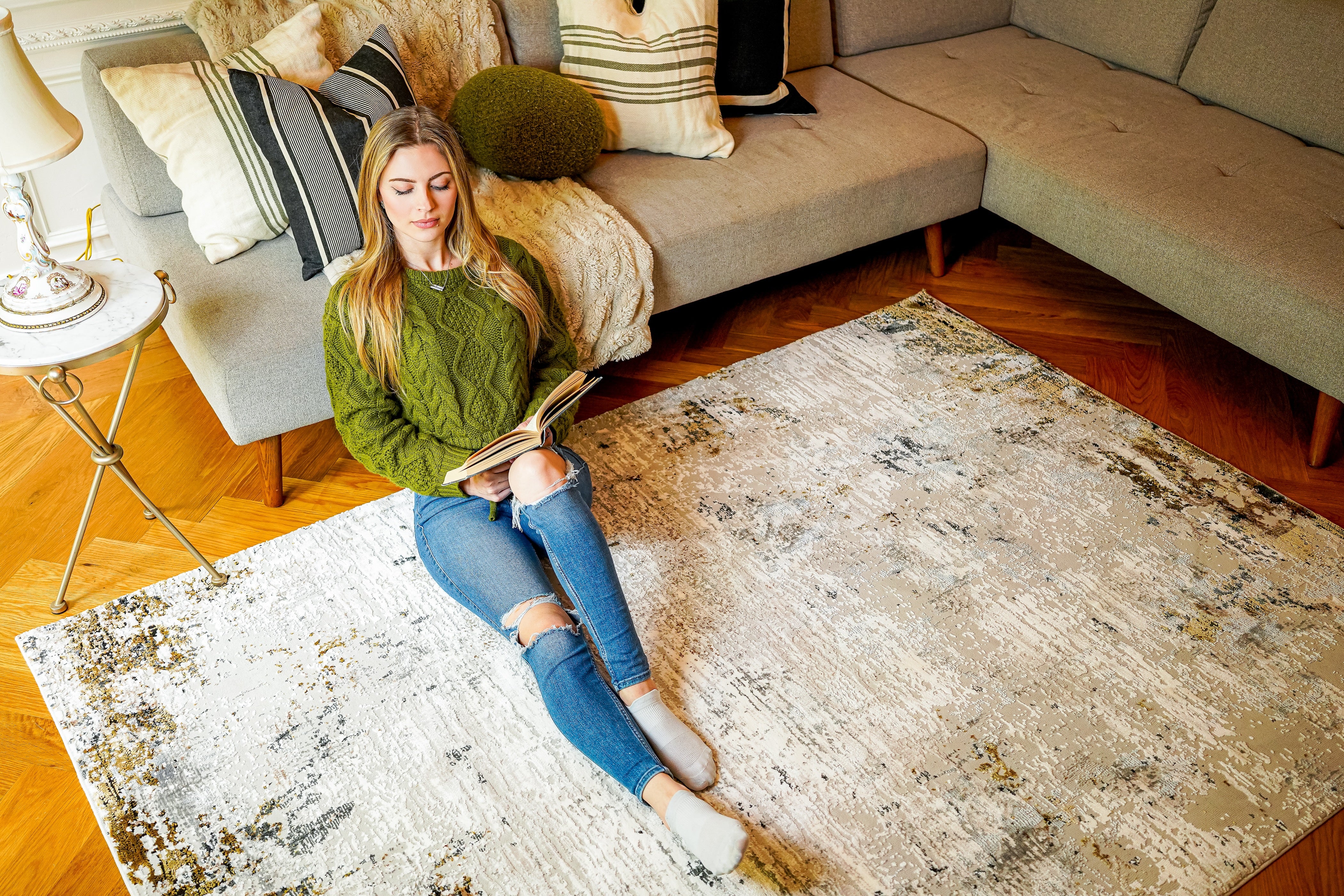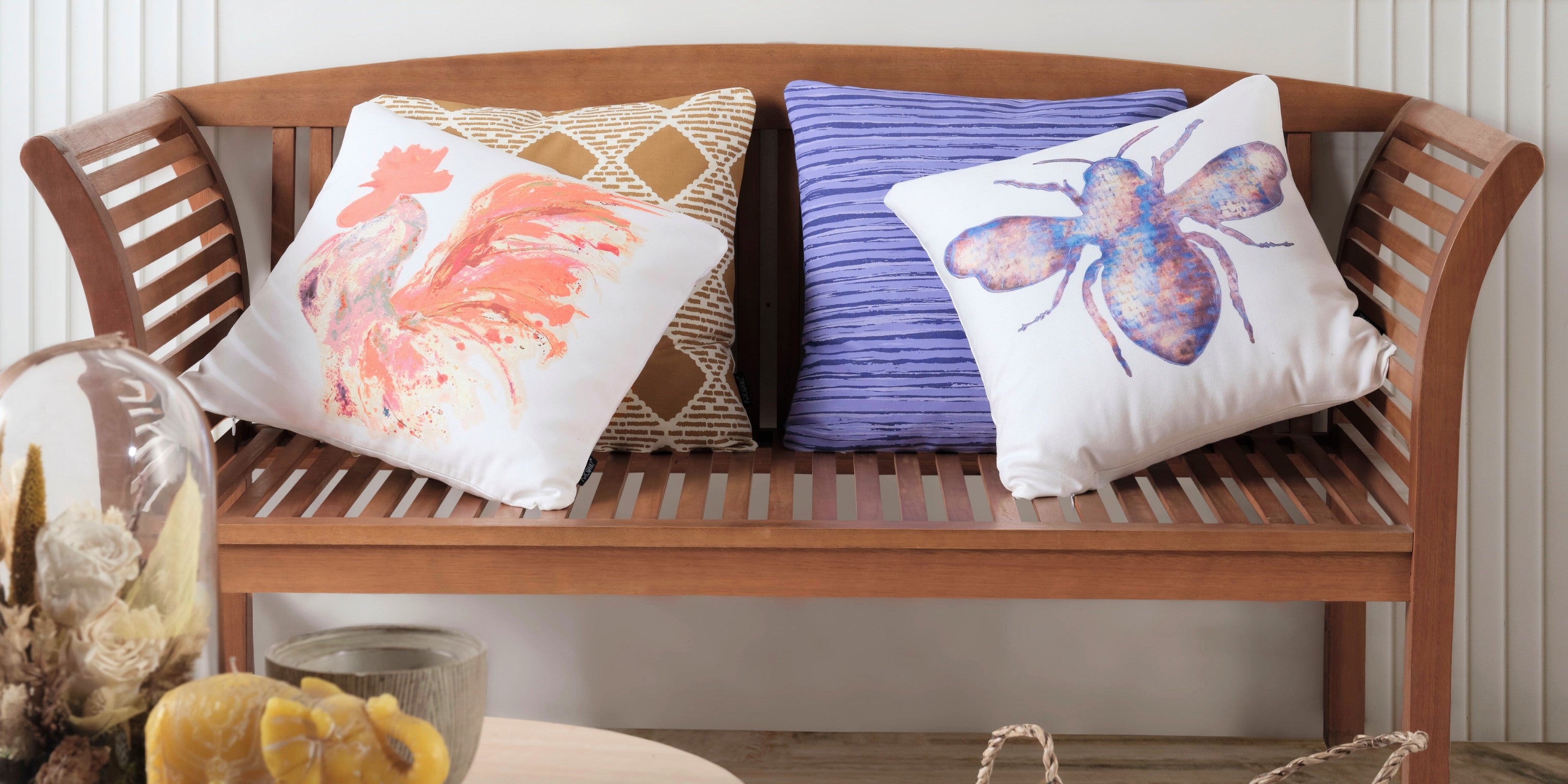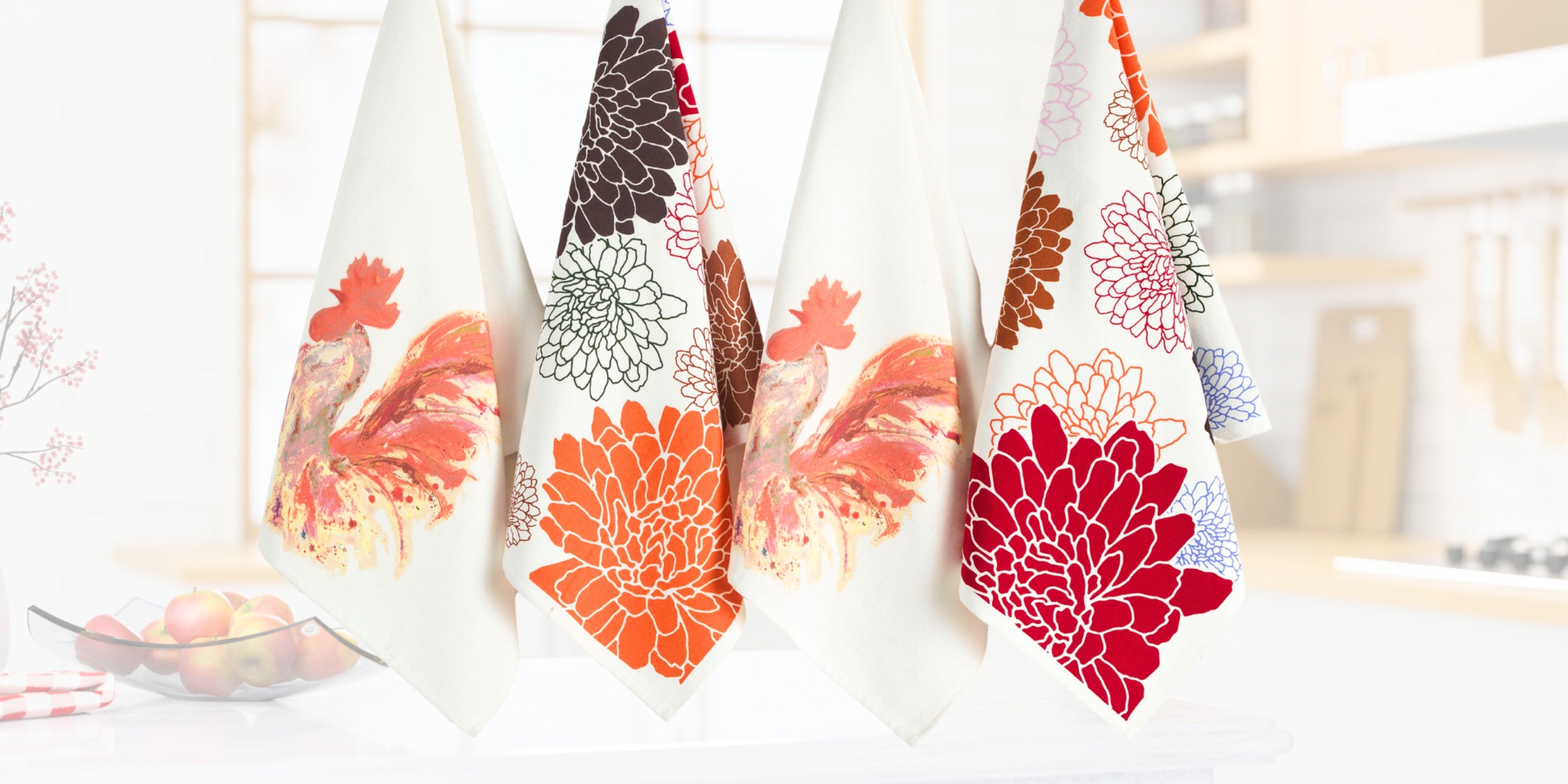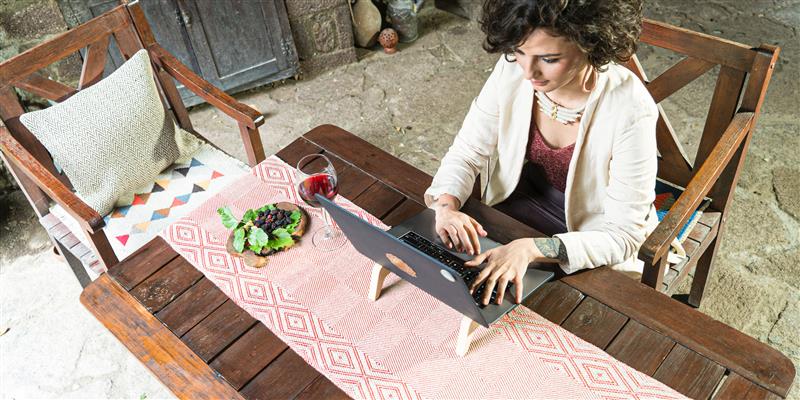Layering rugs is an art. It's a design technique that can transform a room, adding depth, texture, and personality. But it's not just about aesthetics. Layering rugs can also serve practical purposes, from defining spaces to reducing noise.
However, mastering this technique can be a challenge. It requires a keen eye for color, pattern, and scale. It also demands an understanding of how to balance these elements to create a harmonious look.
That's where this guide comes in. We'll share insider tips on how to layer rugs like a professional designer. We'll cover everything from choosing the right size and pattern to mixing textures and defining spaces.
If you are an interior designer or enjoy home decor, these tips can help you. They will assist you in creating beautiful and functional living spaces. So, let's dive in and explore the art of layering rugs.
Understanding the Basics of Rug Layering
Layering rugs involves more than placing one rug on top of another. It's about creating a cohesive look that enhances the room's design. The foundational rug sets the stage. This base rug should be large enough to ground the space and anchor your furniture.
When selecting a base rug, consider natural fibers. Materials like jute or sisal provide a neutral backdrop. They offer a warm, organic texture that's easy to pair with other styles.
The top rug often plays a more decorative role. It should be smaller and can introduce bold colors or patterns. This layer creates focus and highlights specific areas, such as a seating arrangement.
Mixing different patterns is another essential skill in rug layering. Choose patterns that complement each other rather than compete for attention. Using varied pattern scales avoids visual clutter and creates a balanced look.
Color coordination ties the room together. While the base rug offers subtlety, the top rug can introduce fresh hues. Use this to connect different elements in the room, such as furniture or artwork.
The Importance of Size and Scale in Layering Rugs
Size and scale are vital in rug layering, affecting the overall harmony of a room. Begin by choosing a base rug large enough to define the area. It should extend beyond the furniture to create a border that frames the space.
Consider the dimensions carefully when selecting a top rug. It should be distinct but not overpowering. A smaller, eye catching rug can accentuate a specific zone, like a reading nook or dining area.
Layering isn't just about fitting rugs together; it's about visual balance. The size differences should be noticeable yet not jarring. This balance ensures neither rug competes for attention, maintaining a coherent design.
Finally, think about the room's proportions. A well-balanced layering scheme can make a small space feel larger or a vast area more intimate. Achieving the right scale creates a seamless flow, enhancing the room's ambiance effortlessly. For a curated selection of rugs suitable for layering, explore our Area Rugs Collection.
Mixing Patterns and Colors with Confidence
Daring to mix patterns and colors in rug layering can transform a space from ordinary to extraordinary. Start with a neutral base rug to ground the room. This allows you to introduce bold patterns and vibrant colors in the top layers without overwhelming the space.
The key is to find patterns that complement rather than clash. For instance, pair a large, geometric pattern with a more delicate design. This contrast in scale will create a visual interest that's both dynamic and pleasing.
Color coordination plays a crucial role in this process. Choose hues that appear in other elements of the room, such as throw pillows or artwork. This creates a thread of continuity that ties the decor together.
Don't shy away from experimenting with complementary or analogous color schemes. Bold choices can add energy and personality to a room. Just be sure that these colors harmonize with existing decor elements to prevent discordance.
Ultimately, layering rugs with patterns and colors is about expressing creativity. By thoughtfully combining these elements, you add depth and character to any space. Remember, the goal is to create a cohesive, yet vibrant, ambiance that resonates with the room's purpose and your personal style.
Texture Play: Combining Different Rug Materials
Incorporating diverse textures in rug layering is an expert's way to add depth. Different materials offer unique tactile experiences that engage the senses. Begin with a natural fiber rug like jute or sisal as the foundation. These rugs provide a sturdy base and add an earthy aesthetic.
Top with a plush wool or a soft cotton rug for added comfort and warmth. This combination creates a luxurious feel underfoot, perfect for creating cozy living areas. The contrast in textures also adds a layer of visual intrigue that can't be ignored.
Consider using different pile heights for variety. A flat weave base with a high-pile accent rug can make spaces feel more inviting. Be mindful, though, not to overdo it; balance is key to avoiding a cluttered look.
Experiment with unconventional pairings like combining a vintage kilim with a modern shag rug. This approach can be an exciting way to marry different styles and eras. The result is a harmonious yet eclectic space that's both comfortable and stylish. For rugs that offer a variety of textures and materials, check out our Luxury Rug Collection.
Defining Spaces with Strategic Rug Placement
Rug layering is not just about style; it's a savvy way to define spaces in open areas. In a large living room, placing a big rug under the main seating can anchor the space. This creates a cohesive look and makes the area feel intentional.
Use a smaller top rug to highlight a particular zone. For instance, place a soft rug under a coffee table or reading chair. This adds a layer of coziness and draws attention to specific areas.
In open plan homes, layering rugs helps delineate different functions. A vibrant rug beneath a dining table can subtly separate it from the living space. This approach brings order and clarity without walls.
For studio apartments, layering rugs can divide living, dining, and sleeping areas smoothly. This strategy maintains an open feel while giving each section its own identity. All of this is achieved with minimal effort and maximum effect.
Layering Rugs for Practical Purposes
Layering rugs is not merely an aesthetic choice; it also serves several practical purposes. One key benefit is noise reduction. Rugs act as sound absorbers, making a room quieter and more serene.
Additionally, layered rugs offer extra comfort underfoot, particularly beneficial on hard surfaces. They can make a room feel warmer and more inviting, especially in cooler months. This is crucial for creating a cozy atmosphere.
Layering also provides a protective layer for high-traffic areas. The top rug absorbs wear and tear, preserving the life of the base rug beneath. This can be a strategic choice for maintaining floor quality.
To optimize practicality, consider the following:
- Use durable materials for high traffic areas.
- Ensure top rugs are easy to clean.
- Opt for nonslip pads to prevent movement.
These practical tips enhance functionality without sacrificing style. With the right approach, rug layering can blend beauty with everyday utility. For easy to maintain options, explore our washable rugs collection.
Seasonal and Stylistic Flexibility Through Rug Layering
Rug layering offers an avenue to refresh a space with the seasons. Swapping out top rugs can introduce new textures and colors, aligning with seasonal changes. This adds a dynamic element to home decor.
For winter, consider plush, warm rugs in deep hues. They bring coziness and warmth, ideal for chilly months. Spring might call for lighter, breathable fabrics in pastel tones to reflect new beginnings.
Moreover, rug layering allows for stylistic experimentation. Want to try a trend without a full commitment? Layering is perfect for testing bold patterns or vibrant colors temporarily. This flexibility keeps decor from feeling stagnant.
With simple changes, you can adjust the mood and aesthetic of a room. Layering rugs is a cost effective way to adapt your style, ensuring your space always feels fresh and inviting. Whether updating for a holiday or changing tastes, rug layering offers endless possibilities.
Safety and Maintenance Tips for Layered Rugs
Layering rugs can enhance your space, but safety is crucial. Ensure rugs don't shift by using rug pads or double-sided tape. This will help prevent tripping hazards, especially in high-traffic areas.
Regular maintenance is key to longevity. Vacuum layered rugs frequently to keep them looking fresh. Be mindful to remove each layer occasionally to clean underneath them as well.
Consider material and maintenance compatibility when choosing rugs to layer. Some may require different cleaning methods, influencing your upkeep routine. Always check manufacturer instructions for cleaning advice.
Here's a list of maintenance tips for layered rugs:
- Vacuum regularly to avoid dirt buildup.
- Use a non-slip rug pad to secure rugs.
- Clean spills immediately to prevent stains.
- Check cleaning compatibility for different layers.
- Rotate rugs periodically to distribute wear evenly.
By following these tips, you can maintain a safe and stylish space with layered rugs. Proper maintenance ensures your investment stays beautiful and functional for years. For detailed guidance on rug care, refer to our blog on How to Wash an Area Rug.
Creative Ideas for Layering Rugs in Different Rooms
Layering rugs offers diverse possibilities across various rooms. In living rooms, try a large neutral base rug with a colorful or patterned top rug. This approach defines the seating area, adding visual interest and texture without overwhelming the space.
For bedrooms, consider placing an oversized rug under the bed. Then, layer a smaller, plush rug at the foot. This setup adds warmth and comfort, making the room feel cozy and inviting. It's especially effective on hardwood or tiled floors.
Dining areas benefit from layered rugs too. Choose a durable base rug to handle spills and scratches. Then, add a vibrant top rug to inject personality and tie the room's decor together. This also helps in defining the dining space.
In home offices, layering can introduce a sophisticated touch. Use a sleek base rug and a more luxurious top rug under the desk area. This combination can uplift the mood and make the workspace more appealing. For more insights on selecting the perfect rug for your dining area, explore our Dining Room Rug Guide.
Elevating Interior Design with Layered Rugs
Layering rugs is a powerful tool in the interior designer's toolkit. It allows for the creation of dynamic and comfortable living spaces. This technique effectively marries aesthetics with functionality, offering a personalized touch to any room.
The versatility of layering rugs is unmatched. It fits every style, from modern to traditional, offering countless opportunities for creativity. By introducing varied textures, patterns, and colors, designers can transform ordinary rooms into extraordinary spaces.
Moreover, layering rugs provides practical benefits. It enhances acoustics, adds warmth, and defines spaces with precision. When executed skillfully, it elevates interiors without a hefty investment, allowing for an enriched, cohesive design that truly shines. By embracing this technique, designers can offer clients unique, stylish solutions that meet both aesthetic and functional needs.



